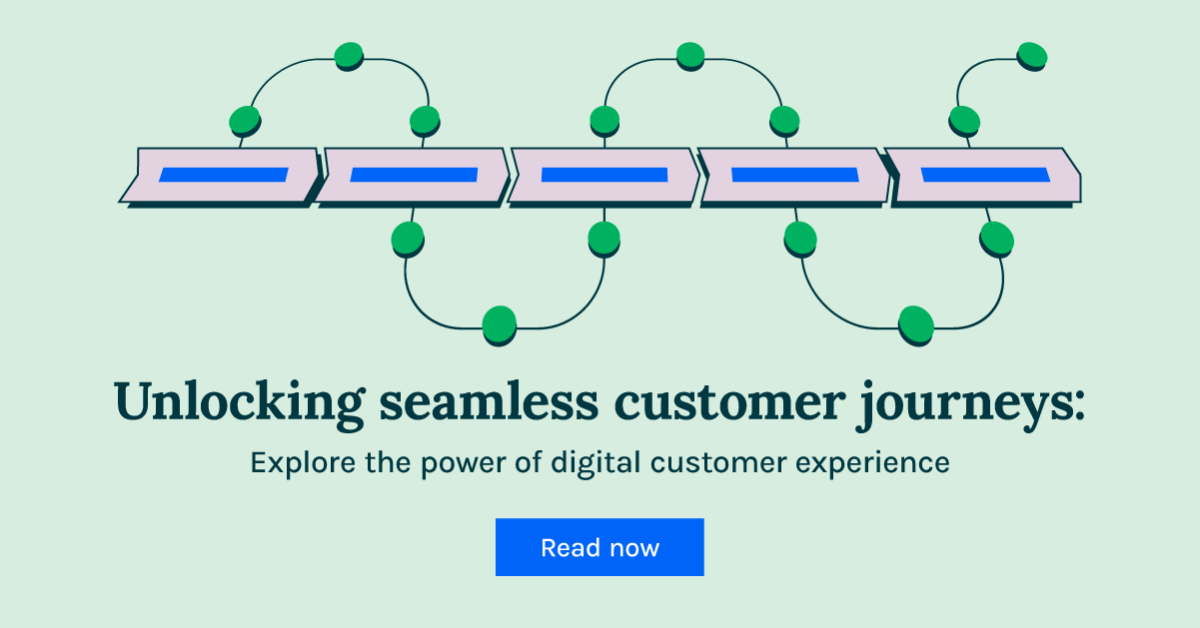In today’s digital age, customers interact with brands across multiple platforms, from websites and mobile apps to social media and email. To stay competitive, businesses need to create a seamless customer journey that ensures consistency and satisfaction at every touchpoint. A well-crafted customer journey not only improves customer experience but also enhances brand loyalty, leading to increased conversions and revenue. Building this seamless experience requires careful planning, coordination, and an in-depth understanding of your audience’s needs.
In this article, we will explore the key steps to creating a seamless customer journey across platforms, from understanding customer behavior to aligning your messaging and maintaining brand consistency.
Importance of a Seamless Customer Journey
A seamless customer journey refers to providing a smooth, consistent, and personalized experience for customers as they move between different platforms and touchpoints in their interaction with a brand. This could involve interactions on social media, emails, customer support, website visits, or even in-person experiences. By ensuring these interactions are connected and cohesive, businesses can avoid confusion and frustration that may arise when customers switch between platforms.
The modern consumer expects a fluid experience regardless of how or where they engage with a brand. For instance, a customer might discover a product on social media, visit the website for more information, and then complete their purchase on a mobile app. If these platforms don’t align in terms of content, design, or overall experience, the customer may lose trust and abandon the journey. Therefore, creating a seamless customer journey is crucial for retaining customers and improving satisfaction.
Mapping the Customer Journey Across Platforms
Before you can create a seamless customer journey, you need to understand how customers move through the different stages of their interaction with your brand. This involves mapping the customer journey, which refers to identifying the key touchpoints where customers interact with your business and the actions they take at each stage. By mapping these interactions, businesses can identify areas where the experience may be disjointed or confusing and make improvements accordingly.
A typical customer journey map includes stages such as awareness, consideration, purchase, and post-purchase engagement. At each stage, customers may interact with different platforms, so it’s important to ensure that your messaging and branding remain consistent. For example, during the awareness stage, a customer might discover your brand through a social media ad. In the consideration stage, they may visit your website to compare products, and in the purchase stage, they could complete the transaction via a mobile app.
It’s crucial to design each stage of the journey in a way that naturally guides the customer to the next step without friction. This is where consistency in design, messaging, and functionality across platforms becomes key. According to The Elite Firms, a seamless customer journey not only enhances the customer experience but also drives brand loyalty and retention. By ensuring that your platforms communicate and connect effectively, you can reduce drop-offs and increase conversions.
Aligning Your Messaging Across Channels
One of the most important elements of creating a seamless customer journey is ensuring that your messaging is consistent across all platforms. Whether a customer is interacting with your brand on social media, through email, or on your website, the messaging should reflect the same tone, style, and values. Consistent messaging builds trust with your audience and ensures that customers always know what to expect from your brand, no matter where they interact with it.
To achieve this, businesses need to establish clear brand guidelines that cover everything from tone of voice to visual identity. These guidelines should be followed across all communication channels, ensuring that the brand is instantly recognizable to customers. For example, if your brand emphasizes sustainability in its social media content, this should be reflected on your website, in your email campaigns, and even in customer service interactions. A cohesive message helps strengthen brand identity and provides a more connected experience for your customers.
Additionally, personalization plays a key role in ensuring a seamless journey. By tailoring your messaging based on customer behavior and preferences, you can deliver relevant and engaging content that resonates with your audience. This could involve sending personalized product recommendations, customized email offers, or targeted ads that are consistent with the customer’s previous interactions with your brand.
Integrating Technology for a Unified Experience
Technology is the backbone of creating a seamless customer journey. Integrating your digital platforms ensures that customer data and interactions are connected, providing a holistic view of the customer journey. For instance, a customer’s activity on your website should inform their experience on your mobile app, and vice versa. If these platforms operate in silos, it becomes difficult to provide a cohesive experience.
One way to achieve this integration is by using customer relationship management (CRM) software, which helps businesses track customer interactions and preferences across different channels. By centralizing customer data, businesses can provide more personalized and relevant experiences, regardless of the platform. For example, if a customer abandons their cart on your website, they might receive a follow-up email reminding them to complete the purchase, or see a targeted ad on social media with a special offer.
Moreover, automation tools can help streamline communication across platforms. Automated email campaigns, chatbots for customer service, and personalized push notifications on mobile apps ensure that customers receive timely and relevant information at every stage of their journey. These tools help reduce manual effort and ensure that interactions are consistent across platforms, creating a smoother experience for the customer.
Measuring and Optimizing the Customer Journey
Creating a seamless customer journey is not a one-time effort; it requires continuous monitoring and optimization. By measuring key performance indicators (KPIs), such as customer satisfaction, engagement rates, and conversion rates, businesses can identify areas where the journey can be improved. For example, if customers are frequently abandoning their carts on your mobile app, this could indicate a problem with the app’s user experience, prompting you to make adjustments.
Additionally, gathering feedback from customers can provide valuable insights into how they perceive their journey across platforms. Surveys, reviews, and customer service interactions can highlight pain points or areas of confusion that may be hindering a seamless experience. Based on this feedback, businesses can make targeted improvements to enhance the overall customer journey.
Optimizing the customer journey also involves staying up to date with new technology and consumer behavior trends. As customer expectations evolve, businesses need to adapt their strategies to ensure that their journey remains seamless and relevant. This might involve integrating new platforms, improving website performance, or leveraging data to provide even more personalized experiences.
Final Thoughts
Creating a seamless customer journey across platforms is essential for building customer trust, loyalty, and satisfaction. By understanding how customers interact with your brand at different stages, aligning your messaging, and integrating technology, businesses can ensure a consistent and smooth experience that encourages customers to engage and convert.
The modern consumer expects convenience and personalization at every touchpoint, and businesses that fail to provide this risk losing customers to competitors. A seamless customer journey not only improves the customer experience but also contributes to long-term business success, driving higher conversions, customer loyalty, and brand advocacy. With the right strategy in place, businesses can ensure that their customers enjoy a frictionless journey, no matter where or how they choose to engage with the brand.



